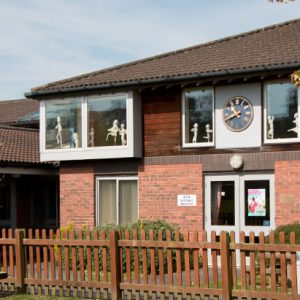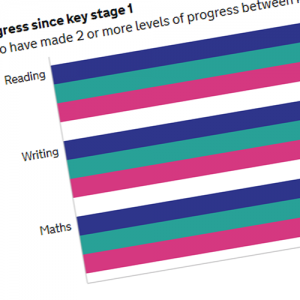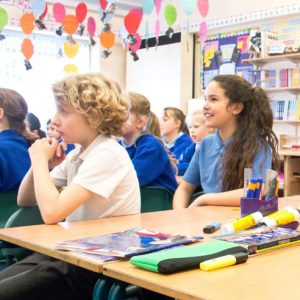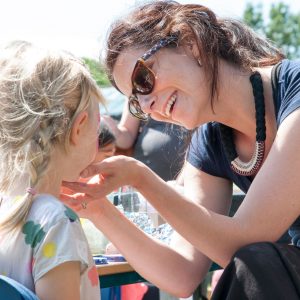At St John the Baptist Primary School, we support all pupils in using a range of technology with purpose and enjoyment. Technology is continuously and rapidly evolving and therefore, we believe, computing is an integral part of preparing children for the wider world. Computing also ensures that pupils become digitally literate – able to use, and express themselves and develop their ideas through, information and communication technology – at a level suitable for the future workplace and as active participants in a digital world.
Our principle aims – from the National Curriculum in England – for Computing are for pupils to:
- understand and apply the fundamental principles and concepts of computer science, including abstraction, logic, algorithms and data representation
- analyse problems in computational terms, and have repeated practical experience of writing computer programs in order to solve such problems
- evaluate and apply information technology, including new or unfamiliar technologies, analytically to solve problems
- be responsible, competent, confident and creative users of information and communication technology
The core of our Computing curriculum is the National Curriculum for England which is supported by Teach Computing.
The curriculum has been specifically sequenced in a logical progression to ensure that new knowledge and skills build on what has been taught before: Year 1 to Year 6. This enables our pupils to know more and remember more.
The core of computing is computer science, in which pupils are taught the principles of information and computation, how digital systems work, and how to put this knowledge to use through programming. Building on this knowledge and understanding, pupils are equipped to use information technology to create and edit programs, systems, and a range of content. Computing also ensures that pupils become digitally literate – able to use, and express themselves and develop their ideas through, information and communication technology – at a level suitable for the future workplace and as active participants in a digital world.
Pupils have access to a Shared Area – housing 15 desktop computers – which is used across the school each week. Apple iPads supplement these and there is also a laptop trolley for 10 laptops plus a desktop computer in each classroom.
Detailed Medium Term planning, from Teach Computing, supports teachers to plan a sequence of progressive lessons and over time, giving the children opportunities to master new substantive concepts. Within this document, key objectives, success criteria and vocabulary are outlined as well pictorial examples of the learning to take place.
Where possible, pupils can use taught skills such as how to use a search engine, in other subjects – for research purposes using the most reliable sources. As a school, we understand the importance of high-quality teaching so there are opportunities to upskill and improve teacher’s subject knowledge through CPD sessions internally and externally.
Within the lesson, teachers check pupils’ understanding effectively and address any misconceptions through regular feedback. The curriculum is designed and delivered in a way that allows pupils to know more and remember more. Key skills and knowledge are embedded in their long-term memory so they can apply their learning further.
In Key Stage 1, pupils are taught to understand what algorithms are; how they are implemented as programs on digital devices and that programs execute by following precise and unambiguous instructions. In coding lessons, pupils create and debug simple programs and use logical reasoning to predict the behaviour of simple programs. Pupils use technology purposefully to create, organise, store, manipulate and retrieve digital content. Pupils are taught to recognise common uses of information technology beyond school and how to use technology safely and respectfully, keeping personal information private; identify where to go for help and support when they have concerns about content or contact on the internet or other online technologies.
Building on the skills taught, pupils in Key Stage 2 are taught to:
- design, write and debug programs that accomplish specific goals, including controlling parts or simulating physical systems; solve problems by decomposing them into smaller parts
- use sequence, selection, and repetition in programs, work with variables and various forms of input and output
- use logical reasoning to explain how some simple algorithms work and to detect and correct errors in algorithms and programs
- understand computer networks including the internet; how they can provide multiple services, such as the world wide web; and the opportunities they offer for global communication and collaboration
- use search technologies effectively, appreciate how results are selected and ranked, and be discerning in evaluating digital content
- select, use and combine a variety of software (including internet services) on a range of digital devices to design and create a range of programs, systems, and content that accomplish given goals, including collecting, analysing, evaluating, and presenting data and information
- use technology safely, respectfully, and responsibly; recognise acceptable/unacceptable behaviour; identify a range of ways to report concerns about content and contact
Teaching & Planning at St John the Baptist:
National Curriculum – Computing
Computing Progression at St John’s















